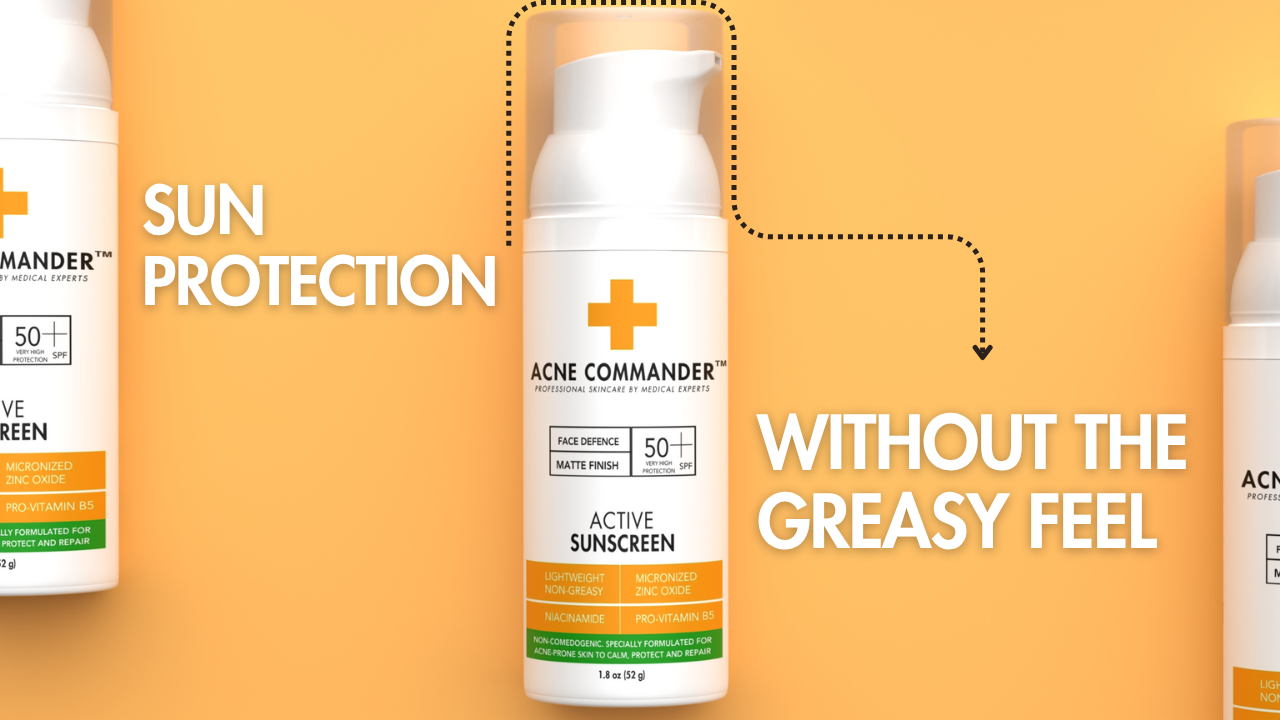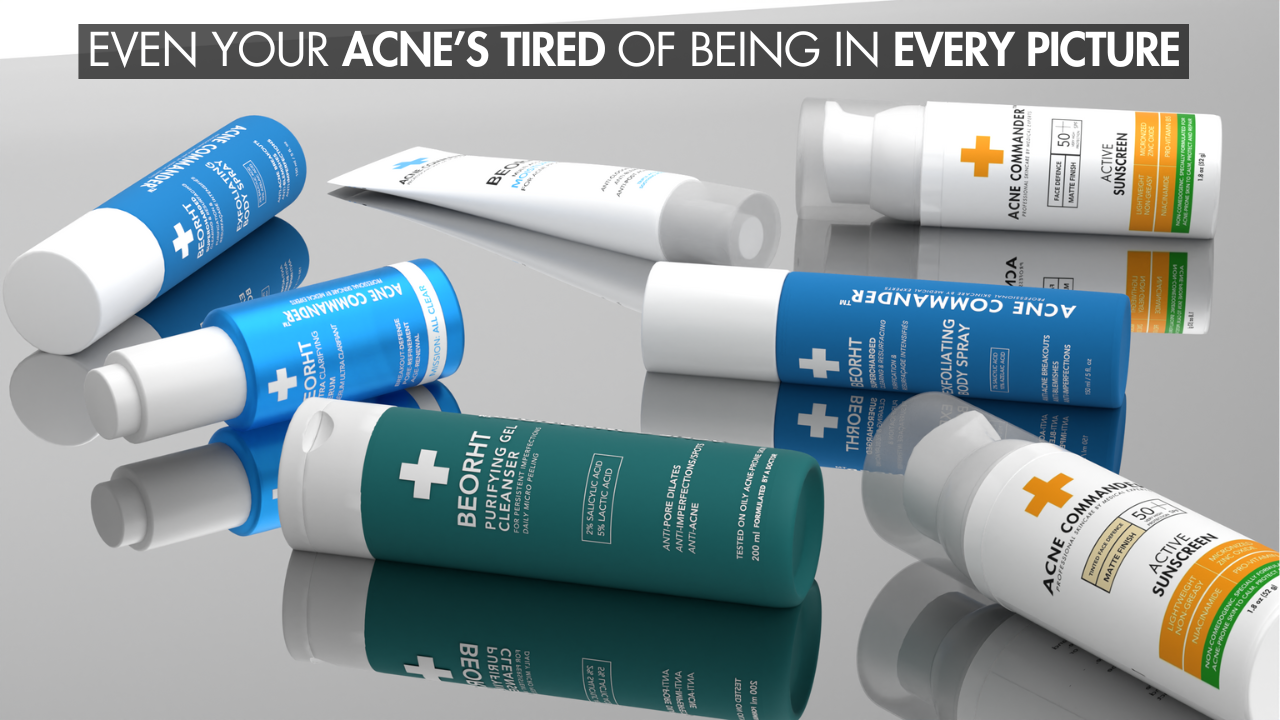Introduction
Trying out new skincare products can be exciting, but it’s essential to approach them with caution, especially when your skin is sensitive. When you introduce a new product, your skin may react in unexpected ways ranging from slight irritation to more severe reactions like redness, swelling, or itching. This is why testing for skin sensitivity is an important first step before fully incorporating any new skincare item into your routine.
Why Skin Sensitivity Testing Is Important
Skin sensitivity refers to how your skin reacts to various substances, including skincare products. When your skin is sensitive, it can become inflamed, red, itchy, or dry in response to products or ingredients. Sensitivity can vary from person to person and even from one area of your skin to another.
Testing new skincare products is crucial for the following reasons:
Prevent Irritation: New products, especially those with active ingredients like Vitamin C, retinol, or exfoliants, can cause irritation if not tested properly.
Avoid Allergic Reactions: Allergic reactions to certain ingredients can cause rashes, swelling, or other unpleasant symptoms. Testing ensures that you can identify allergens before they affect your skin.
Preserve Your Skin’s Health: Introducing a new product to your routine without testing can lead to more severe skin issues, such as breakouts, dryness, or inflammation, potentially exacerbating underlying conditions like acne or rosacea.
Maximize Product Efficacy: By testing a product before fully incorporating it, you can assess how it interacts with your skin, ensuring that it works optimally without causing harm.
What Products Should You Test for Sensitivity?
While it’s essential to test any new skincare product, certain types of products are more likely to cause sensitivity due to their formulation or active ingredients. Here are some products that should always be patch tested:
1. Serums and Active Ingredients
Serums, especially those with high concentrations of Vitamin C, AHA/BHAs, retinol, or peptides, can be more potent and cause reactions in sensitive skin. Testing serums like Millionaire Glow by Dr Crazy Beauty, which contains ingredients like Niacinamide, Vitamin C, and Hyaluronic Acid, will help ensure they don’t irritate your skin.
2. Exfoliants
Both physical and chemical exfoliants can be abrasive on sensitive skin. If you have reactive skin, it’s essential to test exfoliants, including scrubs or products with glycolic acid, before use.
3. Sunscreens
Sunscreens can often cause irritation, especially if they contain chemical filters or fragrances. Since sunscreen is something you’ll use daily, testing is important to avoid irritation over time.
4. Moisturizers with Active Ingredients
Some moisturizers may contain active ingredients like retinol or Vitamin C. Even though they are designed to hydrate, these ingredients can irritate sensitive skin.
5. Oils and Lotions
Some oils or heavy lotions, especially those with added fragrance, can irritate or clog pores, leading to breakouts or sensitivity.
How to Test for Skin Sensitivity to New Products
The goal of testing a product is to make sure it doesn’t cause an adverse reaction like irritation, redness, or an allergic reaction. Here’s how you can properly patch test a new product:
1. Choose a Test Area
Pick an area of your skin that’s relatively small and inconspicuous. The best areas to test are:
Behind the Ear: The skin here is sensitive, but it’s also discreet if you experience a reaction.
Inner Forearm: The inner arm is an area with relatively sensitive skin, and testing here will help you see how your skin reacts.
Jawline or Neck: These areas are also sensitive and are close to where you’d typically apply skincare.
2. Apply a Small Amount
Apply a small amount of the product to the test area. Be sure to apply it as you would on your face whether that’s in a thin layer or a thicker one. Avoid mixing the product with other skincare products during this test to avoid interference.
For example, if you’re testing Millionaire Glow by Dr Crazy Beauty, apply a small amount to your neck or inner arm and allow it to absorb. Avoid over-application, as this could skew the results.
3. Wait for 24 to 48 Hours
After applying the product, wait for at least 24 to 48 hours before proceeding with your normal routine. During this time, avoid washing or covering the test area to get an accurate sense of how your skin reacts to the product.
-
If you notice redness, itching, burning, or any swelling, it’s likely that your skin is sensitive to the product.
-
If you don’t notice any irritation after the 48-hour period, it’s generally safe to proceed with using the product as intended.
4. Assess the Results
After 48 hours, check the test area for any signs of irritation:
No irritation: If the area is clear with no redness or irritation, you can proceed to use the product on your face.
Mild irritation: If there’s mild redness or discomfort, you may be able to use the product with caution, but you should try using it less frequently or consult a dermatologist for advice.
Severe irritation: If you notice significant swelling, pain, or itching, it’s best to stop using the product immediately. This could indicate an allergic reaction or that the product is too harsh for your skin type.
When Should You Skip a Patch Test?
There are times when patch testing may not be necessary:
Products specifically designed for sensitive skin: Some products are made for sensitive skin types and come with testing certifications or dermatologist recommendations.
Fragrance-free and hypoallergenic products: These are less likely to cause a reaction, but if you have known allergies, it’s still wise to test.
Products with minimal ingredients: Simple, non-complex products like water-based moisturizers or soothing oils may not need testing.
However, always remember that everyone’s skin reacts differently, and if you’re introducing something new into your routine, it’s best to be cautious.
How to Safely Incorporate New Products After Testing
Once you've tested a product and confirmed it’s safe to use, you can proceed to add it to your regular skincare routine. Here’s how to do so safely:
1. Start Slow
Introduce the product gradually. Use it once a day for the first few days, and monitor how your skin reacts. If it works well, you can increase the frequency of use.
2. Don’t Mix Active Ingredients Right Away
If you’re adding a product with active ingredients like retinol, Vitamin C, or AHA/BHAs, avoid mixing it with other potent actives initially. Start with one active product and slowly incorporate others into your routine.
For example, Millionaire Glow by Dr Crazy Beauty contains Vitamin C and Niacinamide, so you should allow time for these ingredients to work before adding another Vitamin C serum or exfoliant.
3. Keep It Simple
When introducing new products, keep the rest of your routine minimal. Focus on hydration and soothing products to prevent overloading your skin.
Explore detailed information about Millionaire Glow Serum. Click Here
Frequently Asked Questions (FAQs)
1. Why is patch testing important?
Patch testing helps ensure that a product won’t cause irritation, allergic reactions, or discomfort when applied to the skin.
2. Can I patch test multiple products at once?
It’s best to test one product at a time to identify which specific product might cause a reaction.
3. How long do I need to wait after patch testing to see if a product is safe?
You should wait at least 24-48 hours before deciding if the product is safe to use.
4. What if I have sensitive skin?
If you have sensitive skin, always patch test before introducing new products. Look for products labeled as hypoallergenic or designed for sensitive skin.
5. Can I use Millionaire Glow by Dr Crazy Beauty without testing it first?
While Millionaire Glow by Dr Crazy Beauty is formulated for all skin types, it’s still a good idea to patch test any new product.
6. Can I apply products after patch testing?
Yes, after 48 hours and no irritation, you can incorporate the product into your routine.
7. What should I do if I have a reaction?
If you experience a reaction, wash the affected area immediately with lukewarm water and stop using the product. If symptoms persist, consult a dermatologist.
8. How do I know if a product is right for my skin?
If a product causes no irritation during patch testing and benefits your skin, it’s likely right for your skin type.
9. Can I test products on my face?
Always test on a small area of your face before applying the product to your entire face.
10. How often should I patch test products?
Test products every time you introduce something new into your routine, especially if it contains activities or new ingredients.
Conclusion: How to Test for Skin Sensitivity to New Products
Testing your skin’s sensitivity to new products is essential to avoid irritation, allergies, and other skin issues. By patch testing products like Millionaire Glow by Dr Crazy Beauty, you can enjoy the benefits of a glowing, youthful complexion without the risk of negative reactions.
Shop Millionaire Glow by Dr Crazy Beauty Now!
Ready to try Millionaire Glow by Dr Crazy Beauty? Click below to shop and experience the benefits of this hydrating, brightening serum today!






